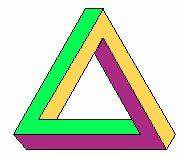The so called “strong Artificial Intelligence” (AI) has some relations with evolutionism because both imply a “more” coming from a “less” and both are products of a materialist reductionist worldview. In evolutionism they believe that life arises from non life, and, similarly, in AI they believe that the intelligent comes from the non intelligent, that “machines can think”. To try to experimentally prove this last claim it was even developed a test, called “Turing test”. “The Turing test [TT] is a test of a machine’s ability to exhibit intelligent behavior equivalent to, or indistinguishable from, that of an actual human. In the original illustrative example, a human judge engages in a natural language conversation with a human and a machine Read More ›
